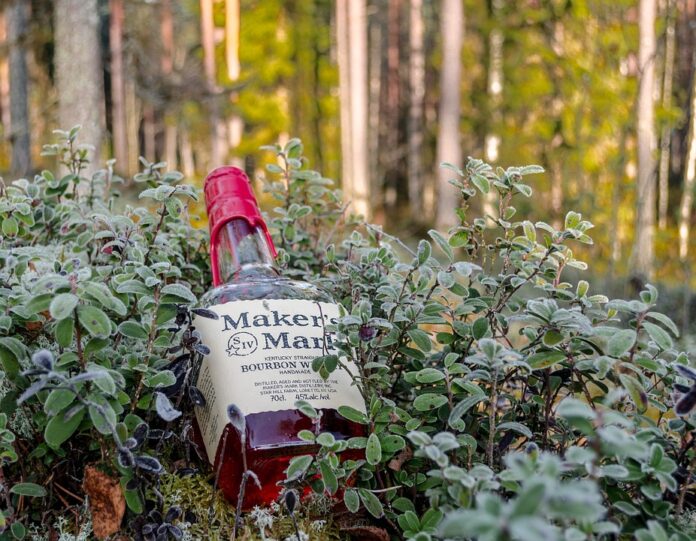Introduction
In the world of whiskey, age and quality are two fundamental factors that heavily influence the perception and value of a blended expression. While there has been a growing trend towards younger and non-age statement whiskies in recent years, many high-end distilleries and brands still place a strong emphasis on the importance of age and quality in their products. In this report, we will explore why age and quality continue to be significant factors in high-end blended expressions, despite changing consumer preferences.
The Significance of Age
Age Statements and Perception
Age statements on whiskey bottles serve as a marker of the maturity and complexity of the spirit inside. The longer a whiskey has been aged, the more time it has had to interact with the oak barrels and develop its flavor profile. Consumers often associate older age statements with higher quality and craftsmanship, making them more willing to pay a premium for these expressions.
Financial Impact of Age
From a financial perspective, age plays a crucial role in the pricing of high-end blended expressions. Older whiskies require more time and resources to produce, as they need to be aged for an extended period before they can be bottled and sold. This leads to higher production costs, which are then reflected in the retail price of the final product.
According to industry data, whiskies with age statements of 12 years or older tend to command a higher price point compared to younger expressions. For example, a 12-year-old blended Scotch whisky may retail for $50-$100, while a 21-year-old expression from the same brand could cost upwards of $200-$300 per bottle.
The Importance of Quality
Craftsmanship and Expertise
Quality is another critical aspect that distinguishes high-end blended expressions from their lower-priced counterparts. Master blenders and distillers devote years of experience and expertise to create a product that meets the highest standards of taste and aroma. The meticulous blending process ensures that only the finest whiskies are selected to create a harmonious and well-balanced final product.
Consumer Expectations
Consumers of high-end whiskies have come to expect a certain level of quality and sophistication in their drinking experience. They are willing to pay a premium for a product that delivers on its promise of exceptional taste and craftsmanship. Brands that consistently produce high-quality blended expressions are able to build a loyal customer base and maintain their reputation as industry leaders.
The Role of Age and Quality in the Market
Industry Trends and Consumer Preferences
While there has been a rise in the popularity of younger and non-age statement whiskies in recent years, age and quality still hold significant weight in the high-end whiskey market. Consumers who are willing to invest in premium expressions are often looking for products that offer a unique and memorable drinking experience, which age and quality can deliver.
According to market research, sales of high-end blended whiskies with age statements have remained strong, with certain brands experiencing double-digit growth in recent years. This indicates that there is still a demand for well-aged and high-quality expressions among discerning whiskey enthusiasts.
Brand Reputation and Prestige
For distilleries and brands that specialize in high-end blended expressions, age and quality are essential elements that contribute to their reputation and prestige in the industry. By consistently producing top-tier products that meet the highest standards of excellence, these companies are able to distinguish themselves from competitors and attract a loyal following of connoisseurs and collectors.
Conclusion
In conclusion, age and quality continue to play a crucial role in the production and marketing of high-end blended expressions. While consumer preferences may evolve and trends may shift, the timeless appeal of well-aged and meticulously crafted whiskies remains a driving force in the industry. Brands that prioritize age and quality in their products are able to command higher prices, build a loyal customer base, and maintain a strong presence in the competitive whiskey market.


